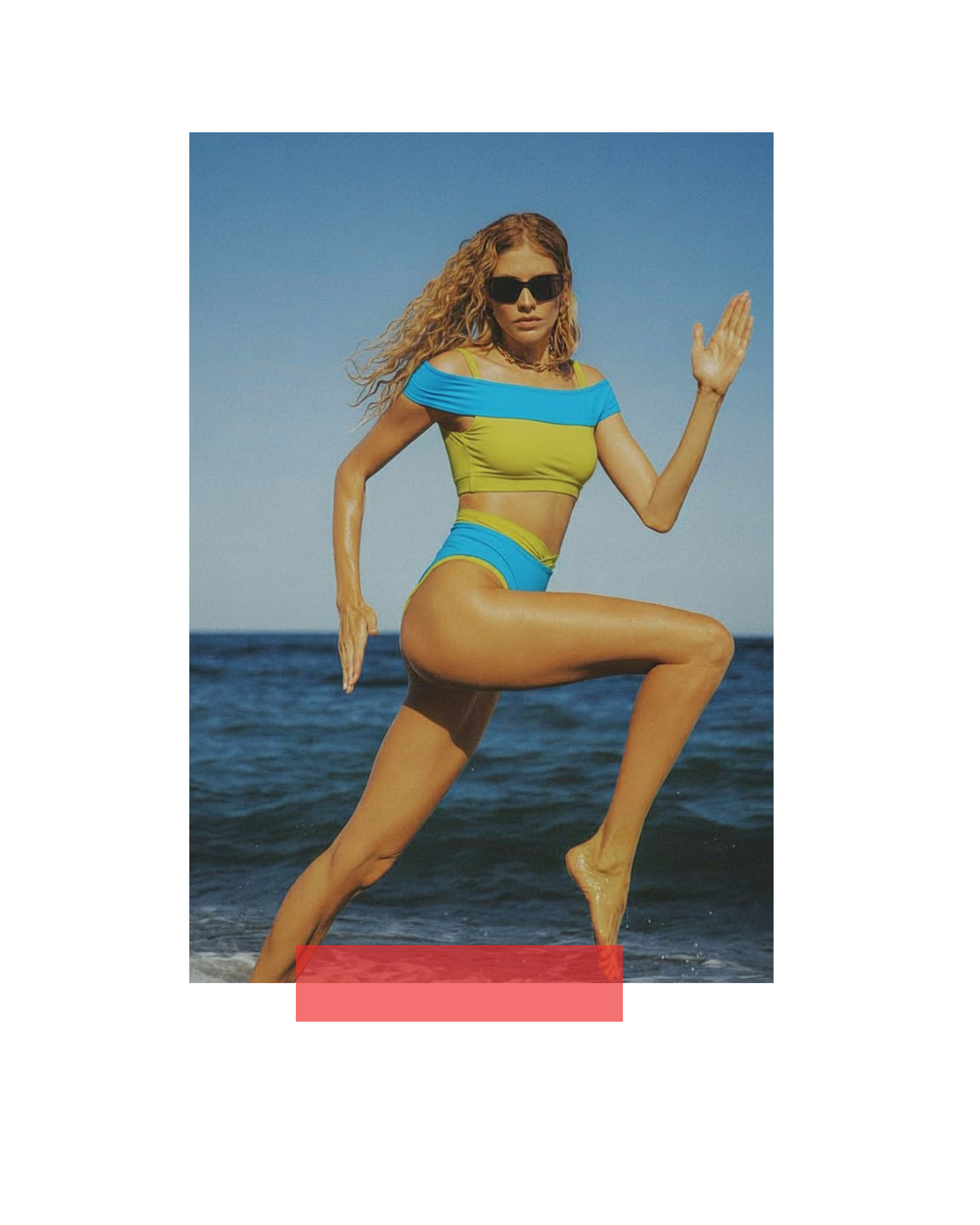Gua Sha is an ancient healing technique rooted in Traditional Chinese Medicine (TCM), dating back thousands of years. While traditionally used on the body to "scrape away illness" (the word "gua" means to scrape or stroke, and "sha" refers to the reddish rash-like petechiae that can appear on the skin), its application has evolved within modern beauty to a gentler, more refined facial massage practice. When performed with specific tools, facial Gua Sha aims to promote lymphatic drainage, improve circulation, release tension, and enhance facial contours for a revitalised and radiant complexion.
Understanding the Principles of Facial Gua Sha
Unlike its body counterpart, facial Gua Sha involves gentle, repetitive strokes using a smooth, typically flat tool (often made from jade, rose quartz, or stainless steel) across the skin. Its benefits stem from stimulating various physiological processes:
- Lymphatic Drainage: The lymphatic system is crucial for removing waste, toxins, and excess fluid from tissues. Gentle, outward strokes of Gua Sha help to move stagnant lymph, reducing puffiness and promoting detoxification. This is particularly noticeable in areas prone to swelling, like the under-eyes and jawline.
- Improved Circulation: The stroking action increases blood flow to the skin, delivering oxygen and nutrients more efficiently. This contributes to a healthier, more vibrant, and "glowing" complexion.
- Muscle Relaxation & Tension Release: Many people hold tension in their facial and jaw muscles (e.g., from stress, clenching). Gua Sha can help release this tension, leading to a softer, more relaxed facial expression and potentially alleviating jaw pain or headaches.
- Enhanced Contour & Definition: By reducing fluid retention and relaxing facial muscles, Gua Sha can subtly sculpt and define facial features, such as the cheekbones, jawline, and brow area.
- Product Penetration: While not its primary mechanism, the increased circulation and gentle warming of the skin can slightly enhance the absorption of serums or oils applied during the massage.
Key Tools and Materials
Gua Sha tools come in various shapes and materials, each with unique properties:
- Jade: A historically popular choice, known for its cooling properties and association with peace and harmony in TCM.
- Rose Quartz: Believed to promote self-love and healing, it also stays cool to the touch, offering soothing benefits.
- Stainless Steel: Non-porous (hygienic), durable, and effectively maintains a cool temperature, which can be beneficial for de-puffing.
- Amethyst, Bian Stone: Other popular options with varying energetic and physical properties.
The various curves and edges of Gua Sha tools are designed to conform to different facial contours, allowing for precise pressure and movement.
Why Facial Gua Sha is Recommended
Facial Gua Sha is recommended as a complementary practice to a comprehensive skincare routine for individuals seeking:
- Reduced Puffiness: Excellent for morning puffiness, especially around the eyes and jawline.
- Improved Lymphatic Flow: Supports the body's natural detoxification processes.
- Enhanced Radiance: Boosts circulation for a healthy, vibrant glow.
- Muscle Tension Relief: Alleviates tightness in the jaw, temples, and forehead.
- Subtle Contouring: Helps to define facial features by reducing fluid retention.
- A Self-Care Ritual: Provides a calming, meditative moment in a daily routine.
Application Protocol
Gua Sha should always be performed on clean skin generously prepped with a facial oil or balm. This is crucial to ensure the tool glides smoothly without dragging or pulling the skin, preventing irritation or damage.
General Techniques:
- Preparation: Cleanse skin thoroughly. Apply a generous amount of facial oil to create slip.
- Angle: Hold the Gua Sha tool nearly flat against the skin (at a 15-45 degree angle), not perpendicular.
- Pressure: Use light to medium pressure. This is NOT meant to cause bruising or pain on the face.
- Direction: Always move the tool in upward and outward strokes, typically starting from the center of the face and sweeping towards the hairline or lymph nodes. Work one side of the face at a time before moving to the other.
- Lymphatic Drainage Focus: Finish each section by sweeping down the neck towards the clavicle, guiding lymph towards the drainage points.
- Consistency: Regular practice (e.g., 3-5 times a week for 5-10 minutes) yields the best cumulative results.
Expected Sensation and Downtime
Facial Gua Sha should feel relaxing and soothing. There is no associated downtime when performed correctly. The skin may appear slightly flushed due to increased circulation, which is normal and temporary. It should not leave red marks or bruises (sha), unlike traditional body Gua Sha.
Important Considerations:
- Proper Slip: Never perform Gua Sha on dry skin. Insufficient slip is a common mistake that can cause pulling, irritation, and damage.
- Hygiene: Clean your Gua Sha tool thoroughly with soap and water after each use.
- Contraindications: Avoid Gua Sha on active breakouts, open wounds, rashes, sunburned skin, or if you have certain medical conditions (e.g., blood clotting disorders, recent injectables – consult your practitioner).
- Realistic Expectations: Gua Sha offers subtle, natural enhancements and complements professional treatments. It is not a substitute for surgical lifts or injectables for significant laxity or volume loss.
Embracing facial Gua Sha can transform a routine into a mindful self-care ritual, promoting both skin health and a serene state of well-being through its ancient, yet ever-relevant, principles.
